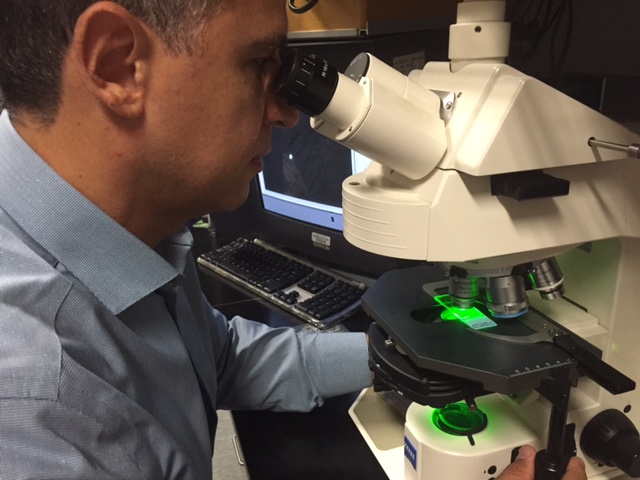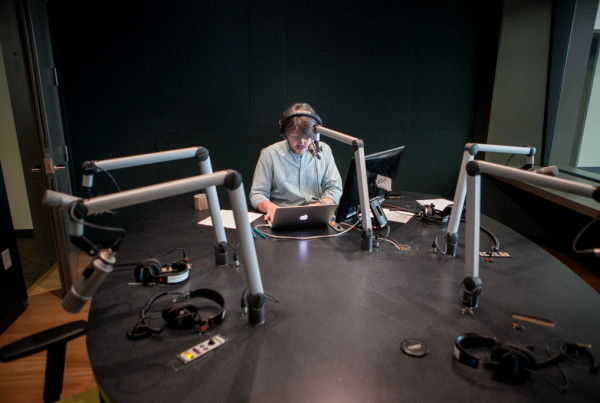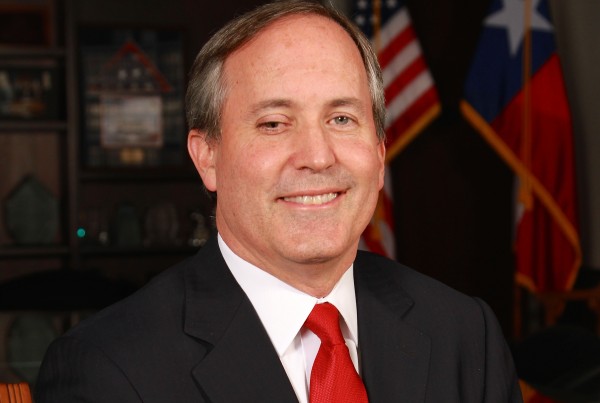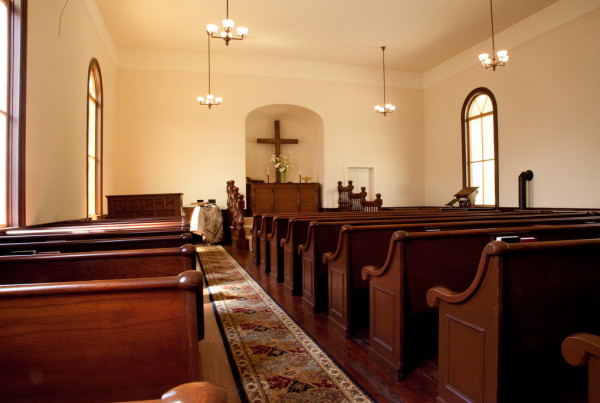This story originally appeared on KERA Breakthroughs.
Some parts of the body repair themselves. Skin, for instance. Bone, even the liver.
Heart muscle does not.
For decades, scientists have tried to understand how to regenerate the tissue that suffers after a heart attack. Recently, researchers at UT Southwestern have uncovered some clues.
If you have a heart attack, or any other disease that makes you lose a piece of your heart muscle, it will never come back, says Dr. Hesham Sadek. Sadek is Assistant Professor of Internal Medicine at UT Southwestern Medical Center and with the Hamon Center for Regenerative Science and Medicine.
“All the treatment we have is dedicated towards saving the remaining muscle, not to building new muscle,” he says.
Think of it like this, you have a nice green lawn. Then, the heat and drought of the summer dry out patches of grass. Those brown spots don’t immediately grow back. All you can do is care for what’s left, or buy a new lawn.
Heart patients these days are faced with the same dilemma. Live with a heart that doesn’t work very well, or buy a new heart. Since a heart replacement is one of the most expensive surgeries, researchers like Sadek have been searching for an alternative.
The Heart Cell Hunt
In 2007, scientists found that about 1 percent of the human heart is replaced each year. It might sound small, but that 1 percent could be key to constructing a new heart.
For almost a decade, Sadek and his colleagues at UT Southwestern have been hunting down those few heart cells that do divide and repair themselves. Searching for those few blades of grass that pop up after a dry spell.
“We found the specialized muscle cell that can divide and give rise to new muscle cells over time,” Sadek says. The results were published online in Nature.
No one had seen these specialized cells before. They were hidden, Sadek says, from the rest of the heart for their own protection. See, the heart is a high oxygen environment. That’s good for energy production, but bad for cell division. Too much oxygen damages cell DNA, and the cells stop dividing. So it makes sense that the only cells that can continue to divide are hidden in a bubble. A low oxygen bubble.
The Bubble Breakthrough
Dr. Deepak Srivastava, director of the cardiac and stem cell research at the Gladstone Institute of Cardiovascular Disease, says Sadek’s work, so long as it reproduces, is a major milestone.
“The hope is if nature normally creates some cells overtime,” he says, “One might be able to harness that potential and amplify it.”
So that in the setting of heart attack you might be able to regenerate the heart.
Instead of by resting, and waiting for one percent to grow each year, Dr. Sadek says it might even be possible to transform a heart cell that does not divide into a cell that does.
“If we understand the biology of the cell,” Sadek says, “perhaps we can reprogram the remaining [muscle cells] and make them divide.”
At last, a scientific approach to fixing a broken heart.














